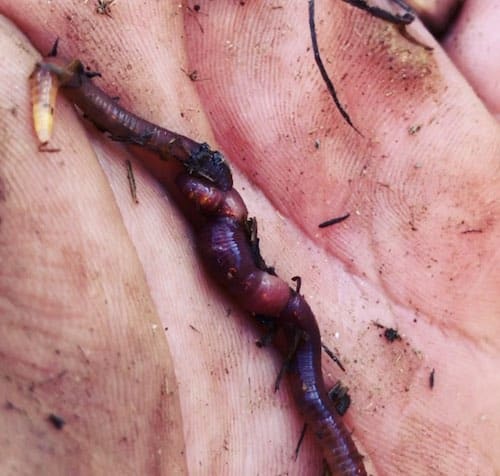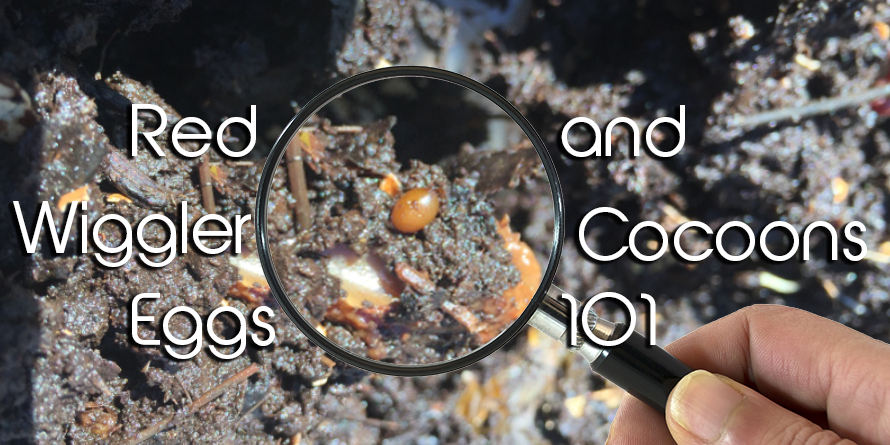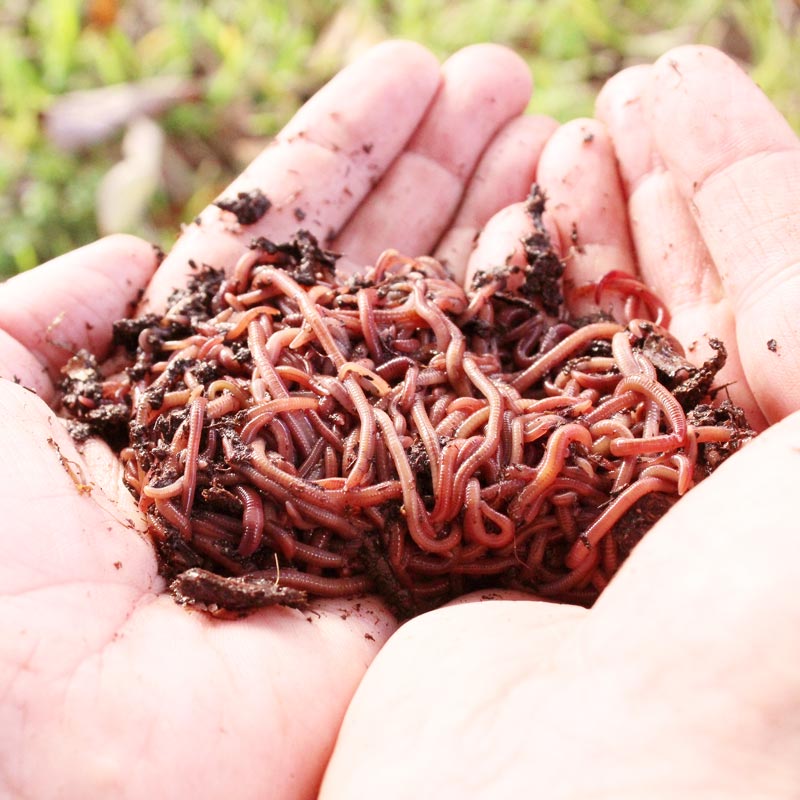Find the Best Products for Lawn Care with Red Wiggler Express for Thriving Lawns
Open the Tricks of Red Wigglers: Your Guide to Composting Success
The combination of red wigglers right into composting techniques provides a considerable opportunity for improving soil wellness and advertising sustainability. These microorganisms are not merely reliable recyclers of organic waste; they offer a myriad of advantages that can change yard administration. Recognizing their demands and habits is crucial for maximizing their possibility, from setting up an appropriate worm bin to feeding them the best materials. As we explore the necessary elements of successful vermicomposting, one could ask yourself just how these little animals can cause a much more vivid and efficient garden environment.

What Are Red Wigglers?
(Red Wiggler Express)Red wigglers, clinically known as Eisenia fetida, are a types of earthworm mostly used in composting as a result of their exceptional capability to decay raw material effectively. These worms are identified by their reddish-brown pigmentation and a fractional body, normally determining between 3 to 4 inches in length. Unlike other earthworm species, red wigglers thrive in abundant, organic environments, making them ideal for vermicomposting systems.
Indigenous to North America, they are commonly located in decomposing leaves and compost heap, where they play a crucial role in nutrient recycling. Their adjustment to living in a moist, aerobic environment allows them to consume huge amounts of natural waste, damaging it down into nutrient-rich castings that boost dirt wellness.
Red wigglers recreate swiftly, with a solitary worm qualified of producing a number of cocoons each week, each containing multiple hatchlings. Comprehending the biology and habits of red wigglers is necessary for maximizing their capacity in composting applications.
Benefits of Making Use Of Red Wigglers
Harnessing the power of red wigglers in composting offers countless benefits that enhance dirt health and wellness and promote lasting waste management. These impressive microorganisms effectively damage down organic issue, changing kitchen area scraps and lawn waste right into nutrient-rich vermicompost. This ended up item is extremely advantageous for plant growth, as it enhances dirt structure, enhances moisture retention, and enhances nutrition schedule.

(Red Wiggler Express)In addition, the visibility of red wigglers in your composting system can speed up the composting process, producing top notch compost in a fraction of the moment compared to standard techniques. The spreadings produced by these worms are also teeming with beneficial microbes that better improve the dirt ecosystem.
Setting Up Your Worm Container
Creating an efficient worm bin is a straightforward process that can considerably improve your composting efforts. Worm bins can be made from plastic storage containers, wooden boxes, or commercially readily available worm bins.
Following, prepare the bedding product, which functions as the worms' habitat. A mix of shredded newspaper, cardboard, and coconut coir functions well, offering a comfortable environment for the worms. Go for a bed linens deepness of about 4-6 inches. Moisten the bed linens gently, guaranteeing it appears like a moist sponge without excess water pooling near the bottom.

Feeding Your Red Wigglers
To guarantee the wellness and efficiency of your red wigglers, it is important to supply them with a balanced diet that satisfies their dietary requirements. Red wigglers thrive on a diverse variety of organic products, which not only provide needed nutrients however also promote effective composting.
Beginning by incorporating cooking area scraps such as vegetable peels, fruit cores, and coffee premises. Prevent citrus fruits, onions, and garlic, as these can be detrimental to worm health and wellness. In addition, present shredded paper, cardboard, and completely dry leaves to develop a well-aerated atmosphere.
Feeding regularity ought to be kept an eye on; typically, worms can eat half their body weight in food weekly. It is essential to prevent overfeeding, as excess food can bring about unpleasant smells and attract bugs. An excellent technique is to include food in percentages, allowing worms to process it prior to introducing extra.
Keeping wetness degrees is also crucial; the bed linens must perspire however not soaked. Finally, make certain to regularly check the temperature level and pH degrees of the container to ensure an optimum setting for your red wigglers, inevitably enhancing their composting performance.
Harvesting and Utilizing Garden Compost
An effective composting procedure with red wigglers culminates in the rich, dark garden compost referred to as vermicompost, which can dramatically boost dirt health and plant growth. Collecting this nutrient-dense product usually takes place every three to 6 months, depending upon the dimension of your system and the amount of raw material being refined.
To gather, gently separate the compost from the worms and any undecomposed products. One reliable method involves relocating over here the contents of the bin to one side and including fresh bedding and food to the void, motivating the worms to move. After a few days, the garden compost can be collected from the opposite side.
It is crucial to use vermicompost properly to maximize its benefits. By including vermicompost right into your gardening program, you not only reuse organic waste however also create a successful community that sustains sustainable gardening practices.
Final Thought
In summary, red wigglers offer as remarkable allies in composting efforts, changing organic waste into nutrient-rich vermicompost (Red Wiggler Express). Their one-of-a-kind organic qualities and reliable waste processing capacities contribute dramatically to lasting gardening practices. By recognizing the ideal conditions for their habitat, feeding demands, and compost harvesting methods, gardeners can improve soil health and wellness and advertise plant vigor. Accepting vermicomposting not only minimizes landfill waste yet also fosters an extra environmentally accountable method to gardening and source administration.